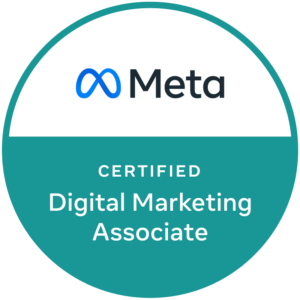Your commercial real estate or new apartment development brand is more than just a logo or a tagline; it’s the essence of your property that defines its personality, values and reputation. Successfully building and maintaining a brand in the commercial real estate industry is crucial for attracting clients, tenants and investors. When you don’t do that, it creates cognitive dissonance and brand dilution. There are common pitfalls that you should be aware of and avoid. In this blog post, we’ll discuss three significant challenges:

Pitfall #1: Not Following Brand Guidelines
Brand guidelines are a set of rules and standards that ensure consistency in how your brand is presented across all platforms and materials. Failing to follow these guidelines can dilute your brand’s impact and leave a disjointed impression on your audience. Here’s why not following brand guidelines is a critical mistake:
- Inconsistent Visual Identity: When brand colors, logos, fonts and design elements aren’t used consistently, it can create confusion and diminish brand recognition. Investors and clients may struggle to identify your properties and services.
- Loss of Professionalism: Consistency in branding is often associated with professionalism. Discrepancies in branding may lead people to question your attention to detail and reliability.
- Weakened Brand Equity: A strong brand is an asset that appreciates over time. Ignoring brand guidelines can weaken your brand’s equity and make it harder to stand out in a competitive market.
How to Avoid It: First, you must have robust brand guidelines for your marketing team and vendors. Since we often get brought on to do new development branding well before it’s built, Yellow Duck Marketing has recently also recently begun a new system for our Platinum branding clients to “onboard” property management teams into the brand.
Educate your team about the importance of adhering to these guidelines and provide the necessary tools and resources to do so. Then your team should regularly review and update your brand guidelines. Ensure that all marketing collateral, signage and digital media are in alignment with the established brand guidelines, fonts, patterns and color family.
Here is an example of a Platinum-level Brand Book Yellow Duck Marketing designed for new apartments in Greensboro, NC, for Collett Capital that showcases the logo, copywriting and brand personality.



Pitfall 2: Inconsistent Voice
Your brand’s voice is the tone, style and personality that comes through in your messaging. Inconsistency in your brand voice can lead to confusion and hinder effective communication. Here’s why maintaining a consistent brand voice is vital:
- Confused Messaging: If different team members or marketing materials use varying tones and styles, it can make it challenging for your audience to understand your message and connect with your brand. At Yellow Duck Marketing, our brand books typically define what a brand personality IS as well as what it’s NOT.
- Lack of Trust: Inconsistent messaging can erode trust. Prospective tenants, clients and investors may question the authenticity and reliability of your brand.
- Weakened Brand Personality: A consistent brand voice helps you build a distinct personality. Inconsistency can dilute that personality, making it harder to establish a strong identity. For example, if your brand is supposed to be luxurious and upscale, your social media shouldn’t have a very casual tone, memes or lots of emojis.
How to Avoid It: Develop clear brand guidelines for voice and tone. Train your team to understand and implement these guidelines in all forms of communication, whether it’s in written content, advertising or in-person interactions.
Pitfall 3: Using Inexpensive Social Media Contractors or Onsite Property Managers Who Don’t Utilize Branding
In an effort to cut costs, some commercial real estate businesses may hire social media contractors or onsite property managers who don’t align with the brand. Here’s why this can be detrimental:
- Misrepresentation: When individuals responsible for social media or property management don’t understand or use your branding, it can lead to misrepresentation of your properties and services, potentially causing confusion among your audience.
- Loss of Brand Consistency: As social media becomes an integral part of brand promotion, failing to use brand elements and messaging consistently can undermine your overall branding efforts.
- Missed Opportunities: By not leveraging your branding, you may miss opportunities to strengthen your brand presence, engage with your audience and differentiate yourself from competitors.
How to Avoid It: Invest in brand education and training for all employees and contractors involved in marketing and property management. Create and share templates on platforms like Canva, making it easy for them to create materials in line with brand guidelines. Regularly review and monitor their work to ensure brand consistency.
In conclusion, building and maintaining a commercial real estate brand requires careful attention to detail and a commitment to consistency. Avoiding these common pitfalls can help you create a strong and lasting brand that resonates with clients, tenants, and investors, setting you apart in a competitive industry.
Need help developing or refining your real estate brand? Reach out to us!









